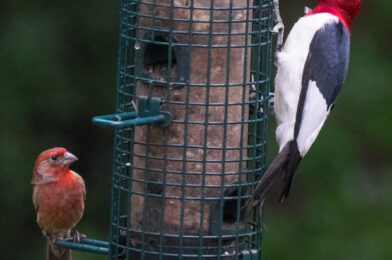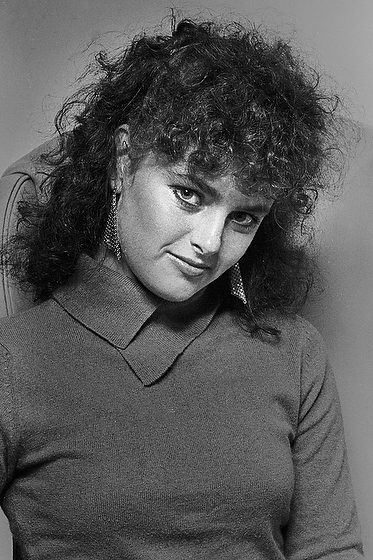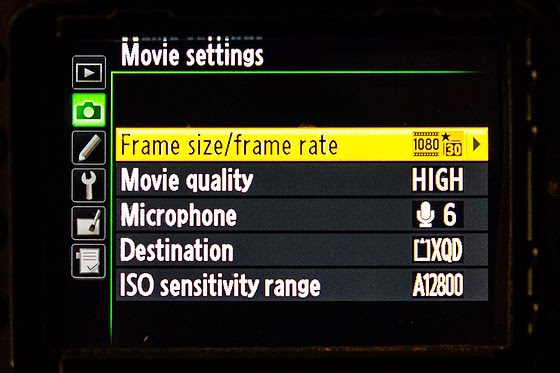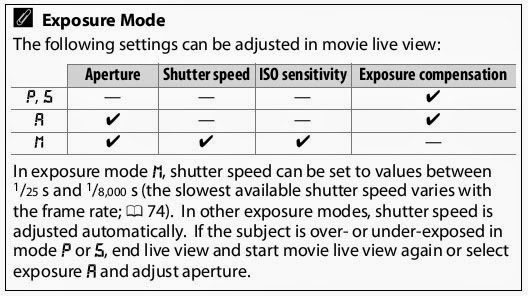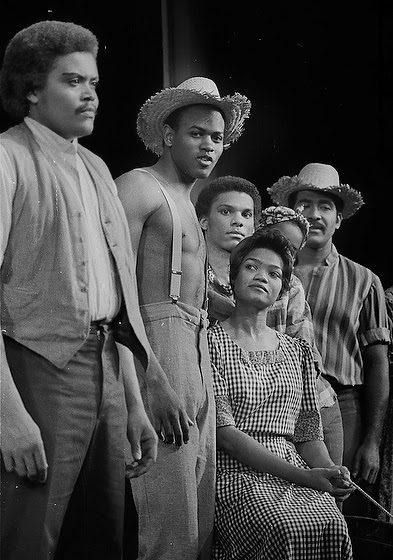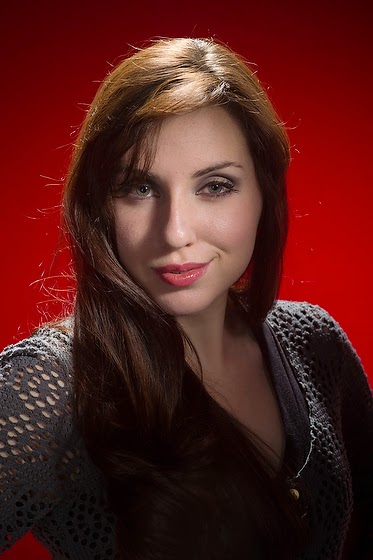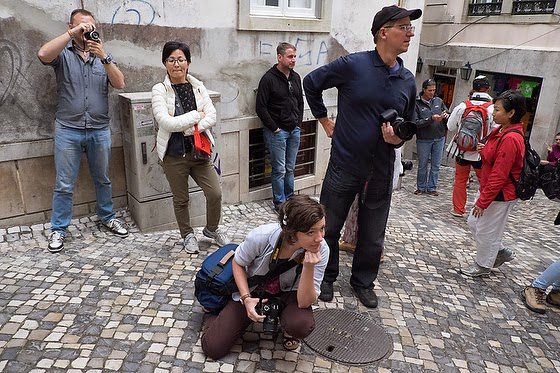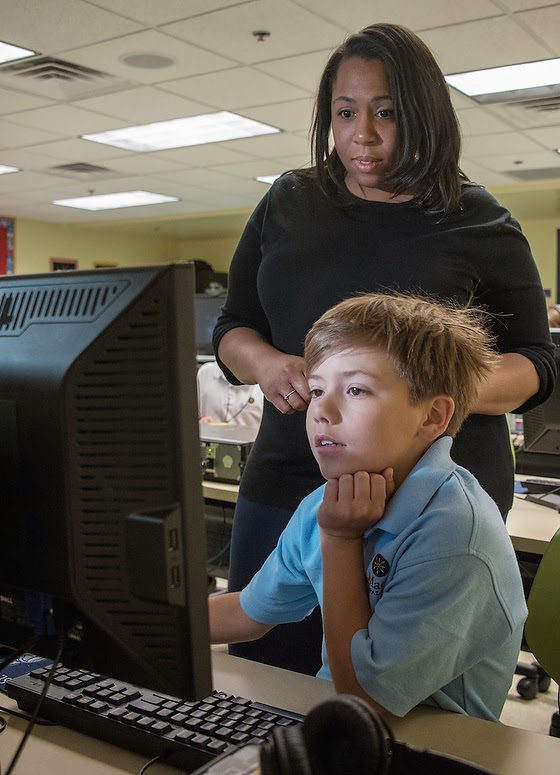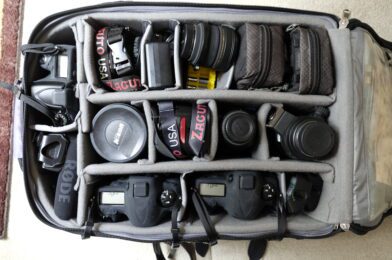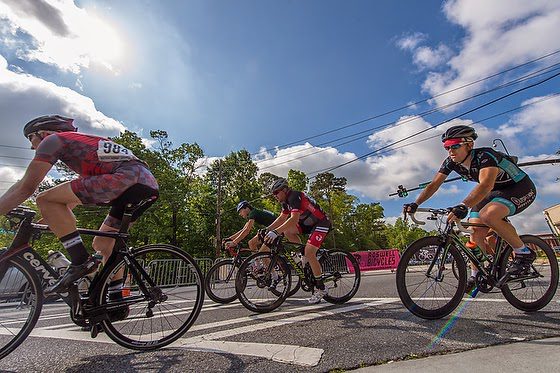When my wife and daughter help me with assignments, and it comes time to pack up, they bring the gear to me, and then I put it away.
Often as we are doing this, the client is nearby, and my wife explains how I have a particular place for everything and how she doesn’t want to cause me to panic.
New Gear Creates Panic
Photography is excellent for those who tend toward Obsessive Compulsive Disorder. Of course, no one wants to be OCD because it can be debilitating. But camera bags and all this gear work great for organizing your stuff.
Here you can see my Think Tank Airport Security™ V2.0 Rolling Camera Bag, That I use all the time.
Once you get your bag all set with your gear, for the most part, the equipment has to go in the exact location, or it will not fit. But then, all it takes is buying just one more piece of gear that requires you to reconfigure your bag.
So the other day, I did just that and a day later took off to Houston, Texas, for a job. I reached for a piece of gear I use all the time, and it wasn’t where I always put it.
When I didn’t have the gear, I thought of a story in the Bible that captured my emotional state so well.
Luke 15:8-9
“Or suppose a woman has ten silver coins and loses one. Doesn’t she light a lamp, sweep the house and search carefully until she finds it? And when she finds it, she calls her friends and neighbors together and says, ‘Rejoice with me; I have found my lost coin.’
While on the job, I was on a short timeline and out of town. I quickly adjusted and got the job done, not using that piece of gear. I must have left that gear on the fireplace where I was putting things while rearranging my camera bag.
Last night after returning from Houston, I, too, searched my house. When a cleaner comes to our home, she tends to put things away, and sometimes it takes us a little while to find them. So I knew she had been at our house around that time and thought maybe she had moved it somewhere.
I asked my daughter and wife if they had seen my gear. They had no clue as to what I was describing. Not finding stuff went on for a few hours. Finally, I decided to go and get out of the house to clear my head and get something to eat. Later I returned and continued to look.
It is essential to note that unique gifts often accompany the challenges of Asperger Syndrome [which I have]. Indeed, a remarkable ability for intense focus is a common trait. But unfortunately, I could not let go until I resolved this issue.
Beating myself up
I then remembered I had some boxes that the new gear came in and wondered did I throw them away accidentally. I have more jobs soon and was upset that I would have to go to the camera store and replace the gear. It would be around $800. No one just casually replaces something for $800.
Finally, I gave up after finding an older piece of gear and realizing I could use this temporarily. But unfortunately, the rechargeable batteries in the equipment were dead. So I went to my bag and looked for the chargers–which also had been moved around.
I found my gear as I took one of the rechargers out of my bag.
Memory Issue
Once a memory is created, you must store it (no matter how briefly). Many experts think there are three ways we keep memories: first in the sensory stage; then in short-term memory, and ultimately, for some memories, in long-term memory.
Important information is transferred from short-term memory into long-term memory. The more the information is repeated or used, the more likely it is to end up in long-term memory or be “retained.”
Usually, I do a pretty good job of remembering my organization changes because I am physically moving the gear and thinking about what I am doing it normally sticks. If, however, I get a phone call in the middle, this can affect my memory recall.
Forgiving Myself
The hardest part of an event like this in my life is the ability to forgive myself. It is more complex most of the time to forgive myself than others.
“Holding on to anger is like grasping a hot coal with the intent of throwing it at someone else; you are the one who gets burned.” –– Buddah
Benefits of forgiveness:
- Lowers stress levels
- Lowers your heart rate
- Lowers blood pressure
- It helps you sleep better
- It enables you to live longer
I could feel my body relax once I found it, and then as I began to forgive myself for my memory lapse, I also felt the stress release.
Had I lost the gear, I would have bought replacement gear and then also had to forgive myself so that I could move on.
Losing gear will happen again in the future when I cannot find something. The key to success is allowing yourself to be human and make mistakes.





